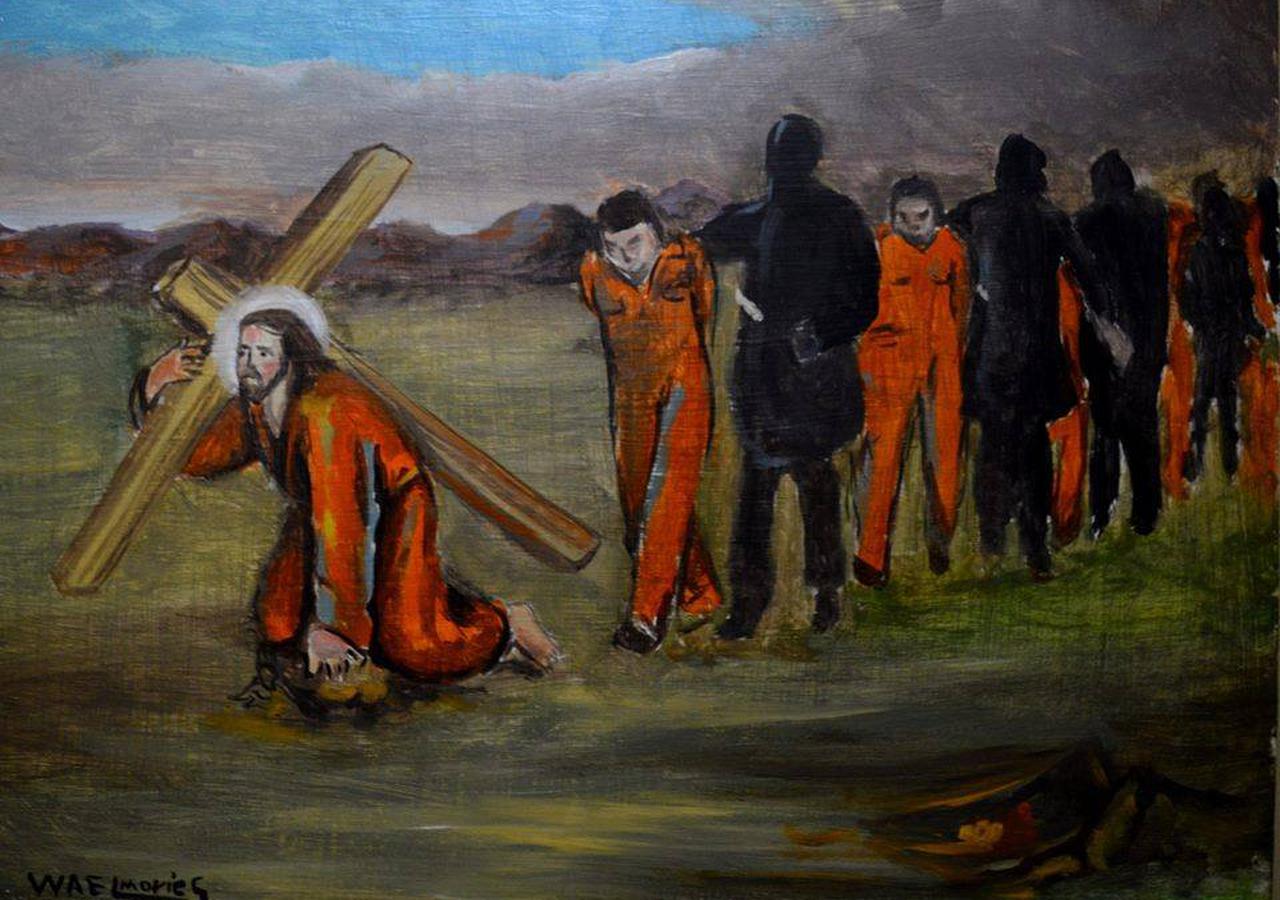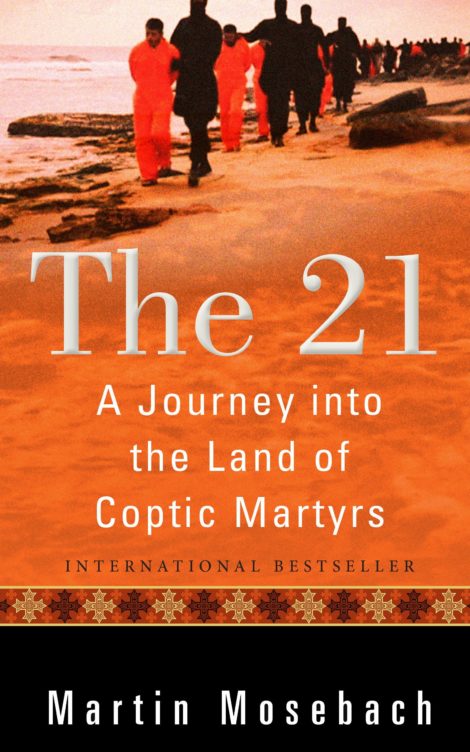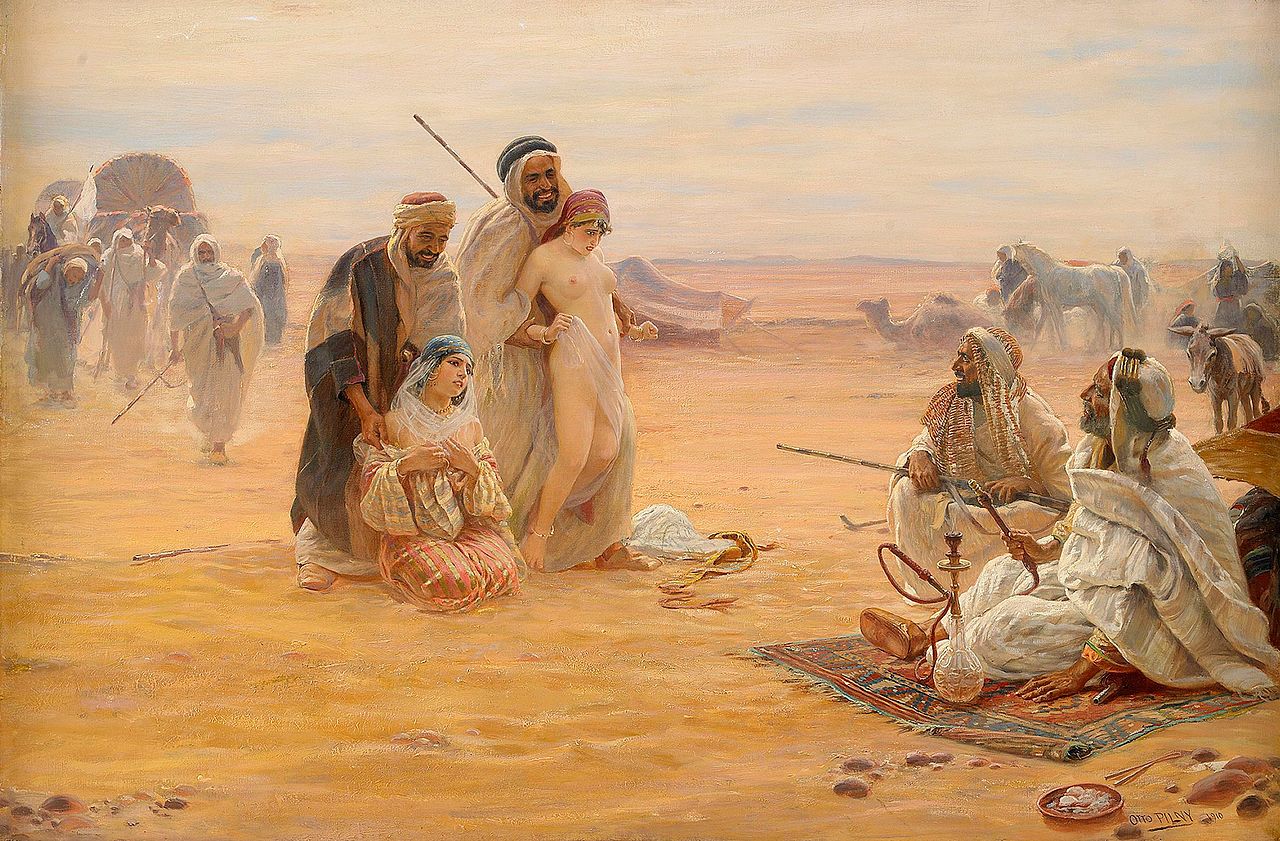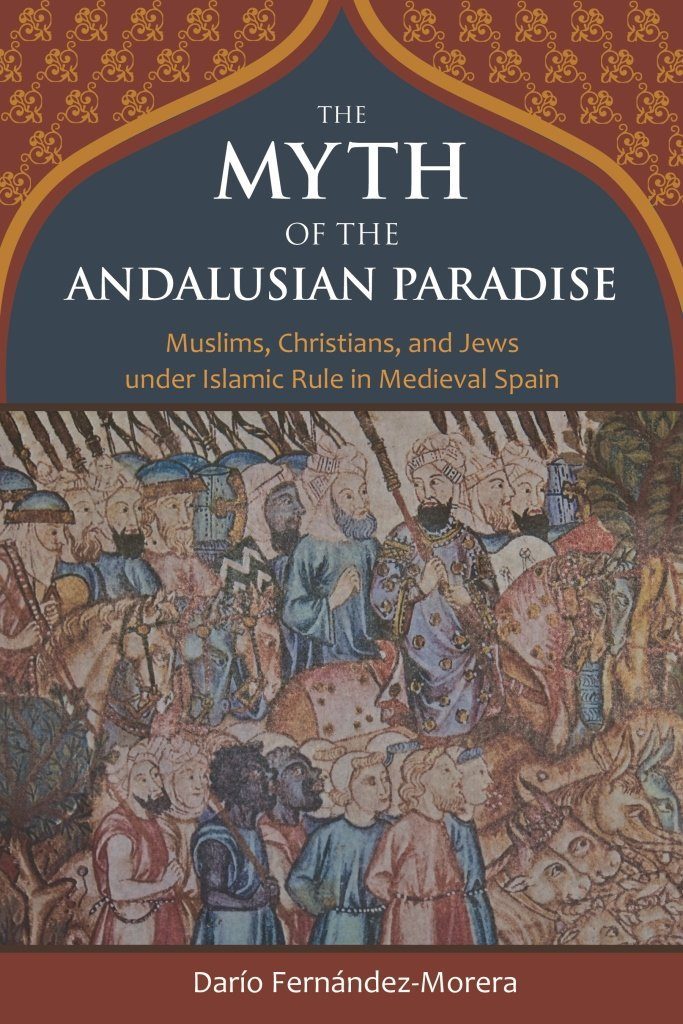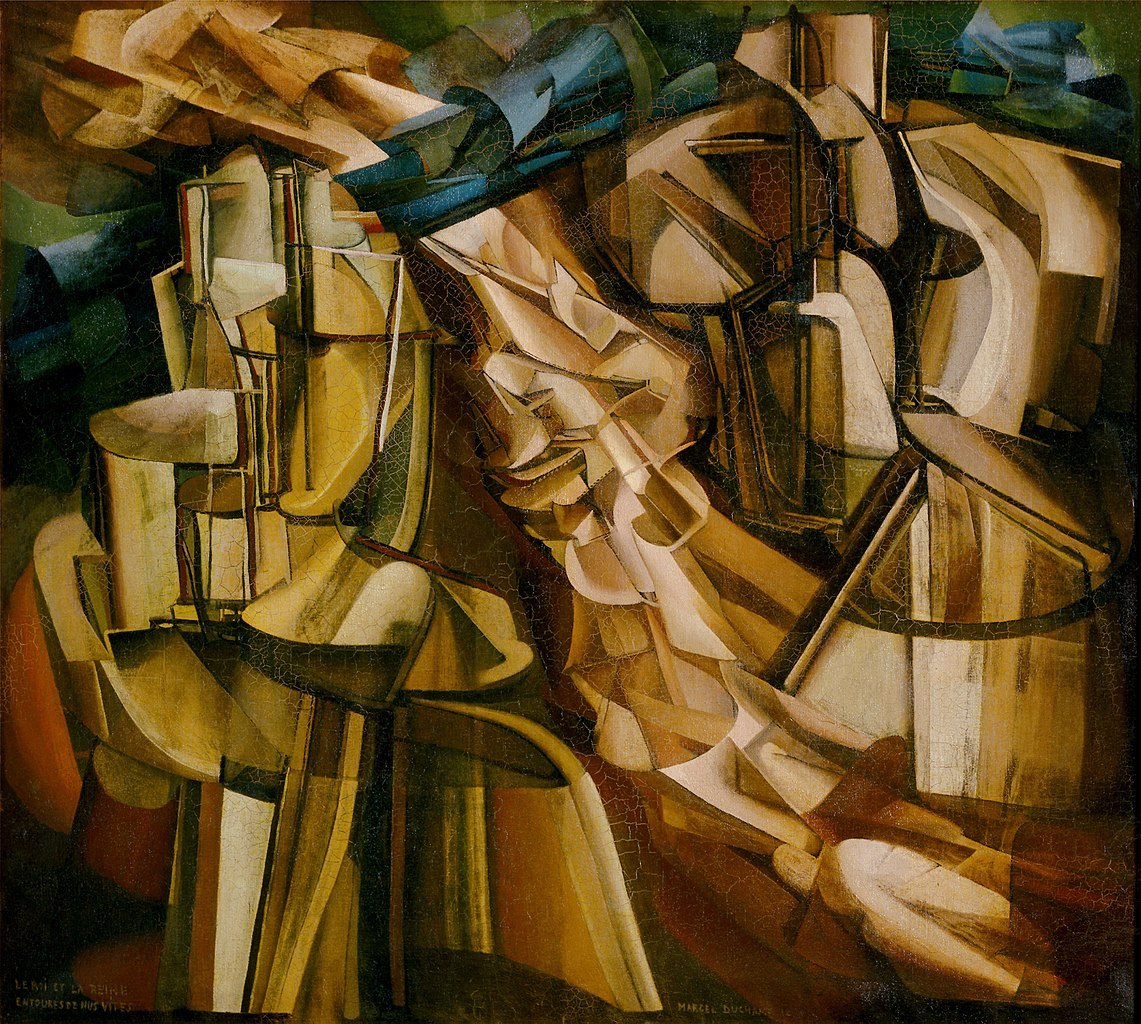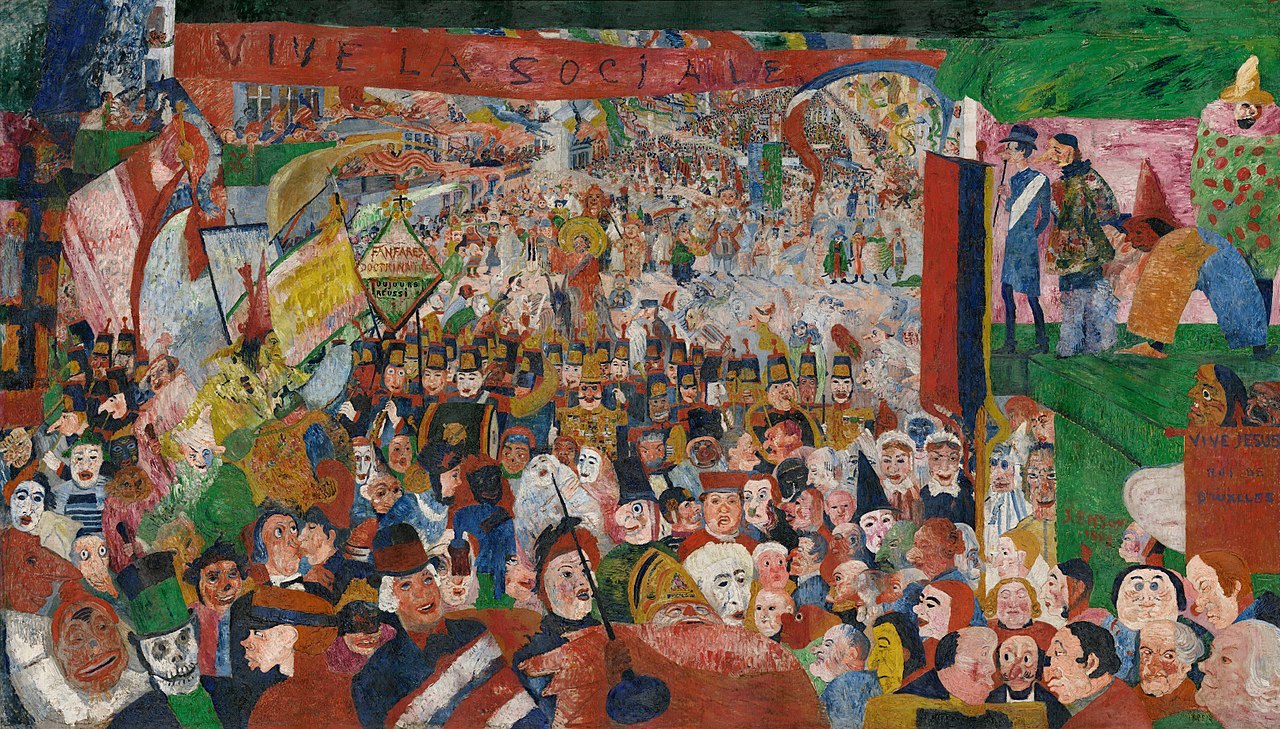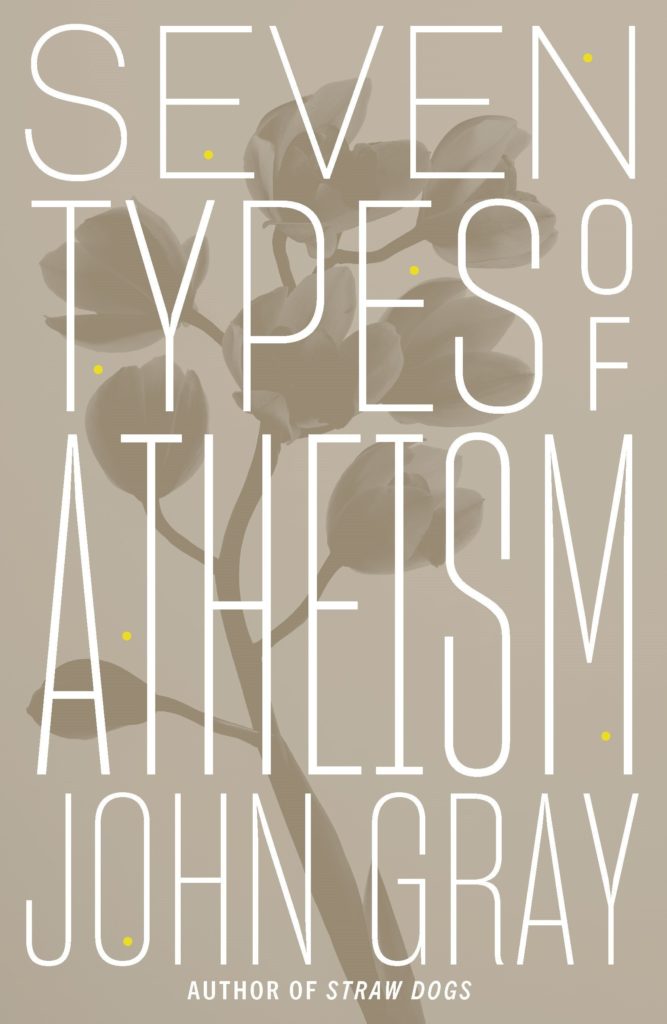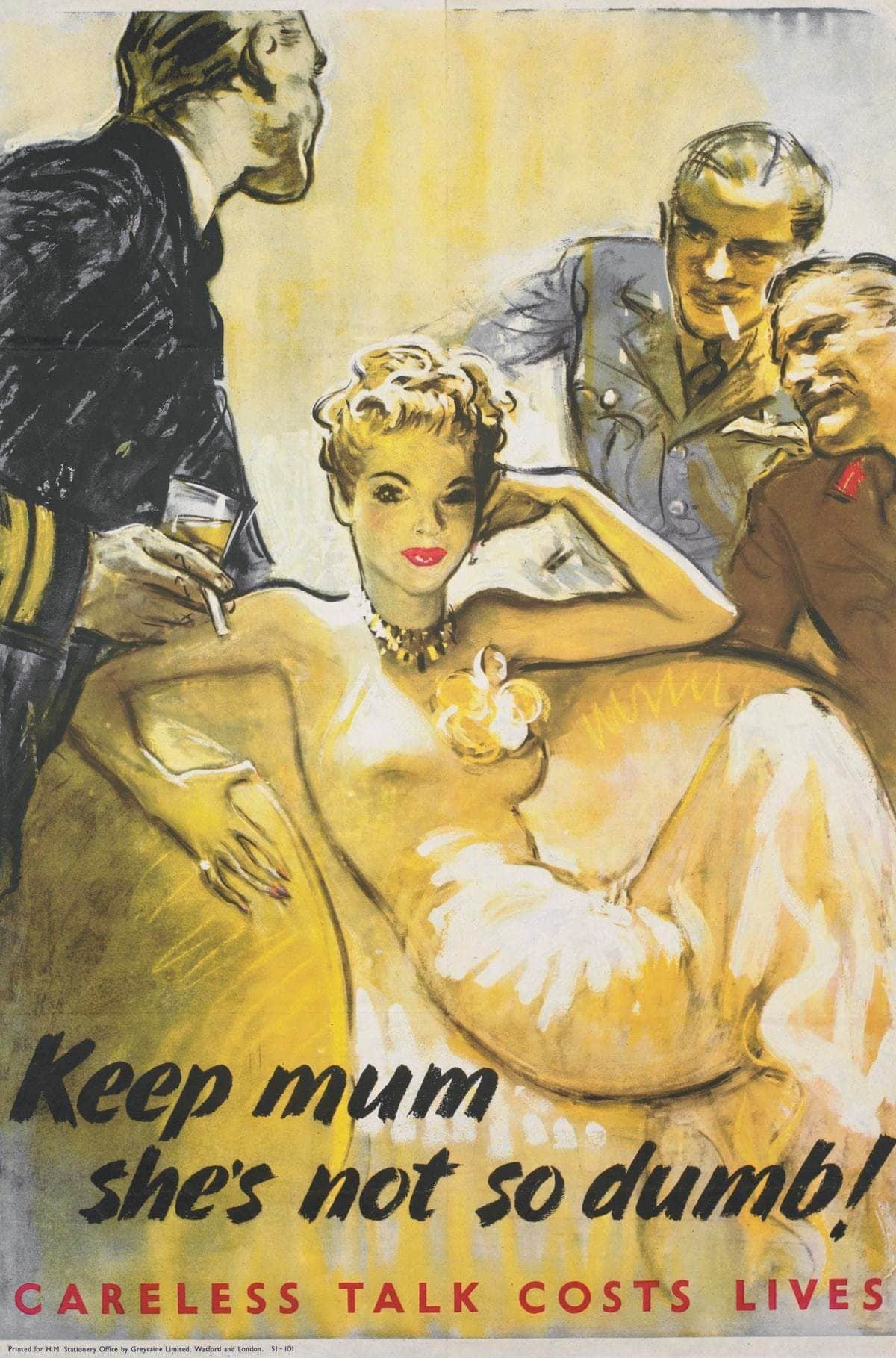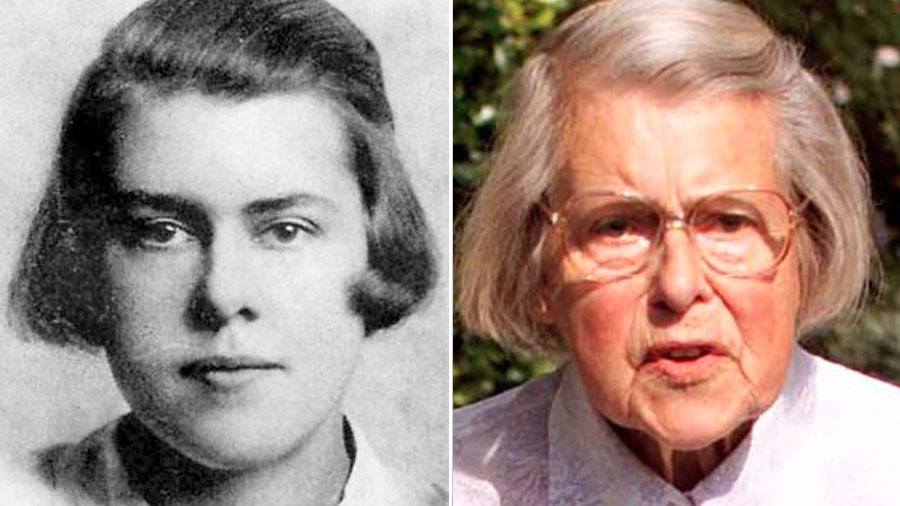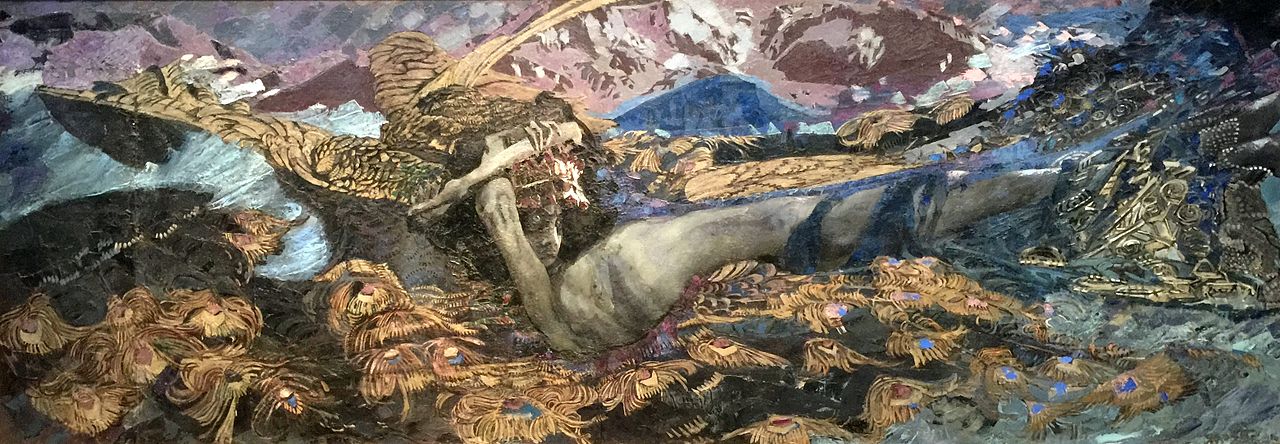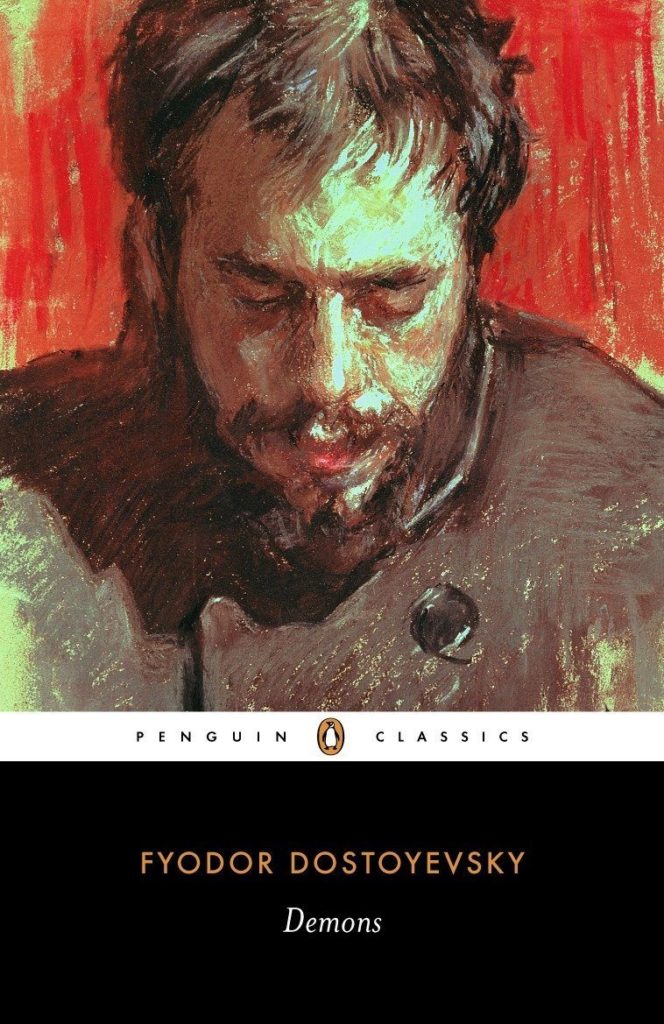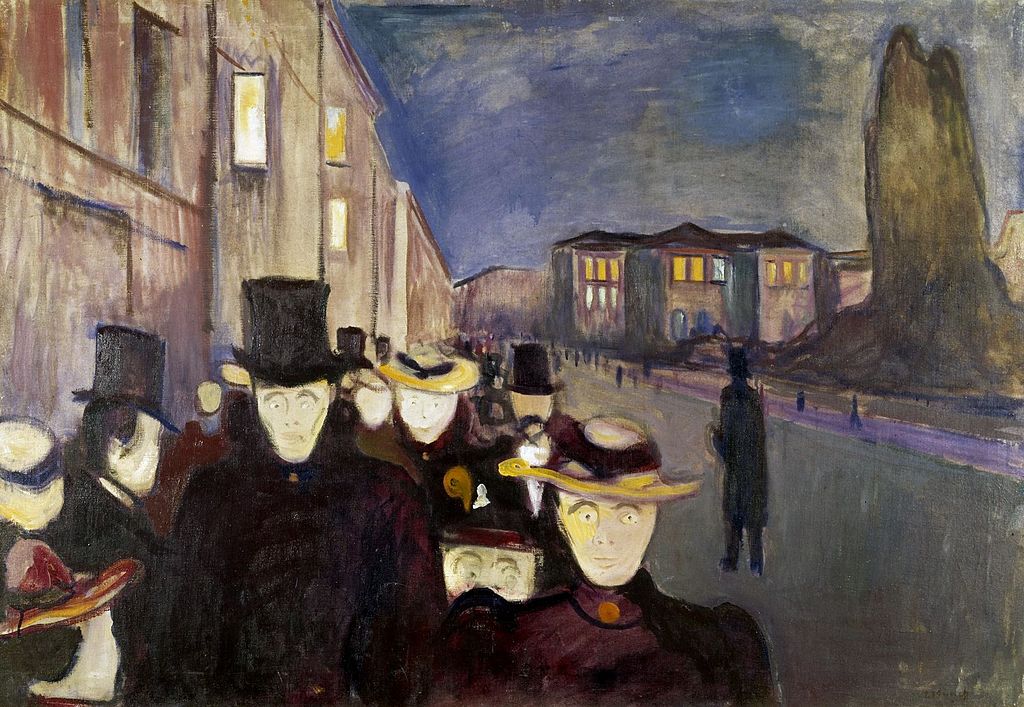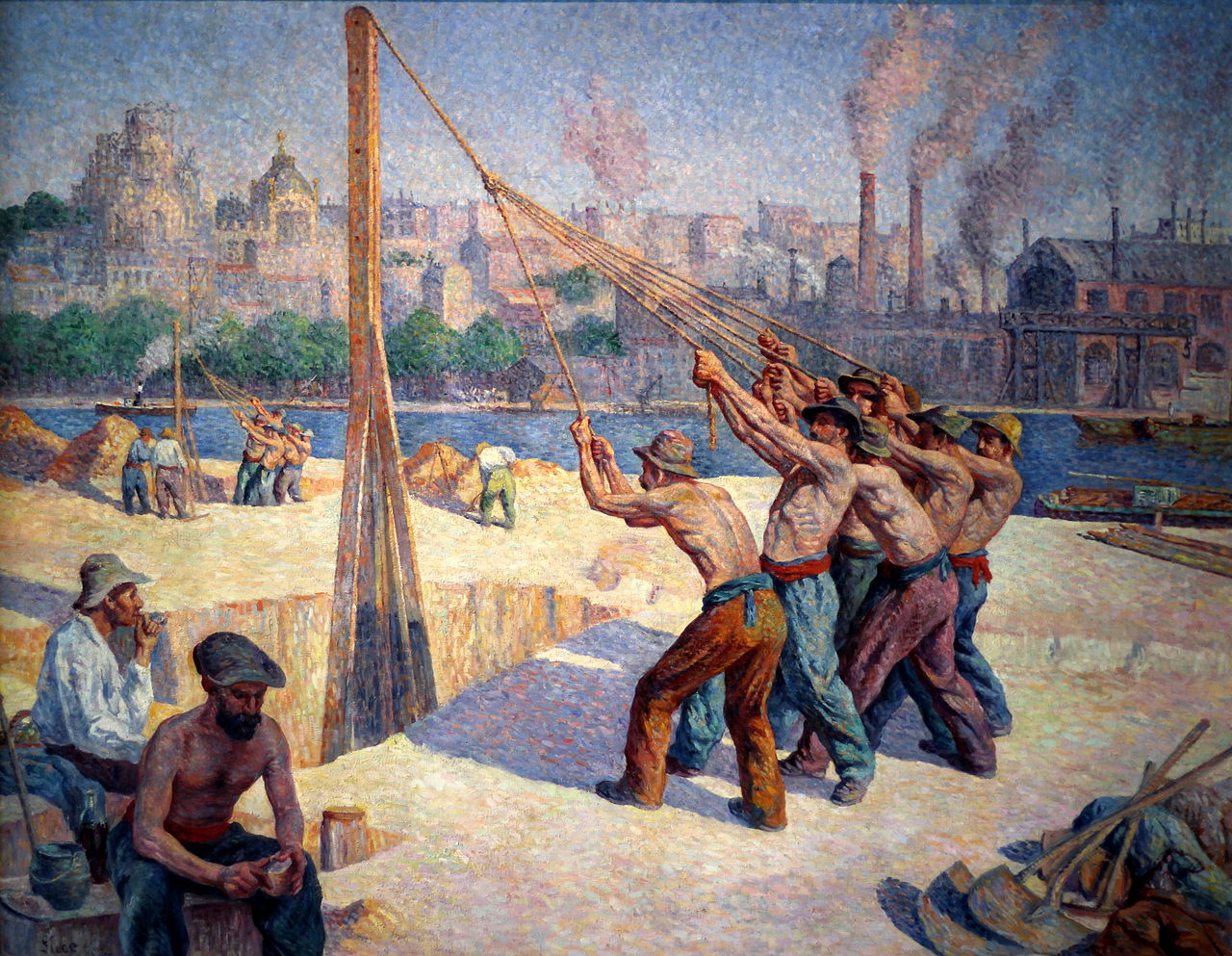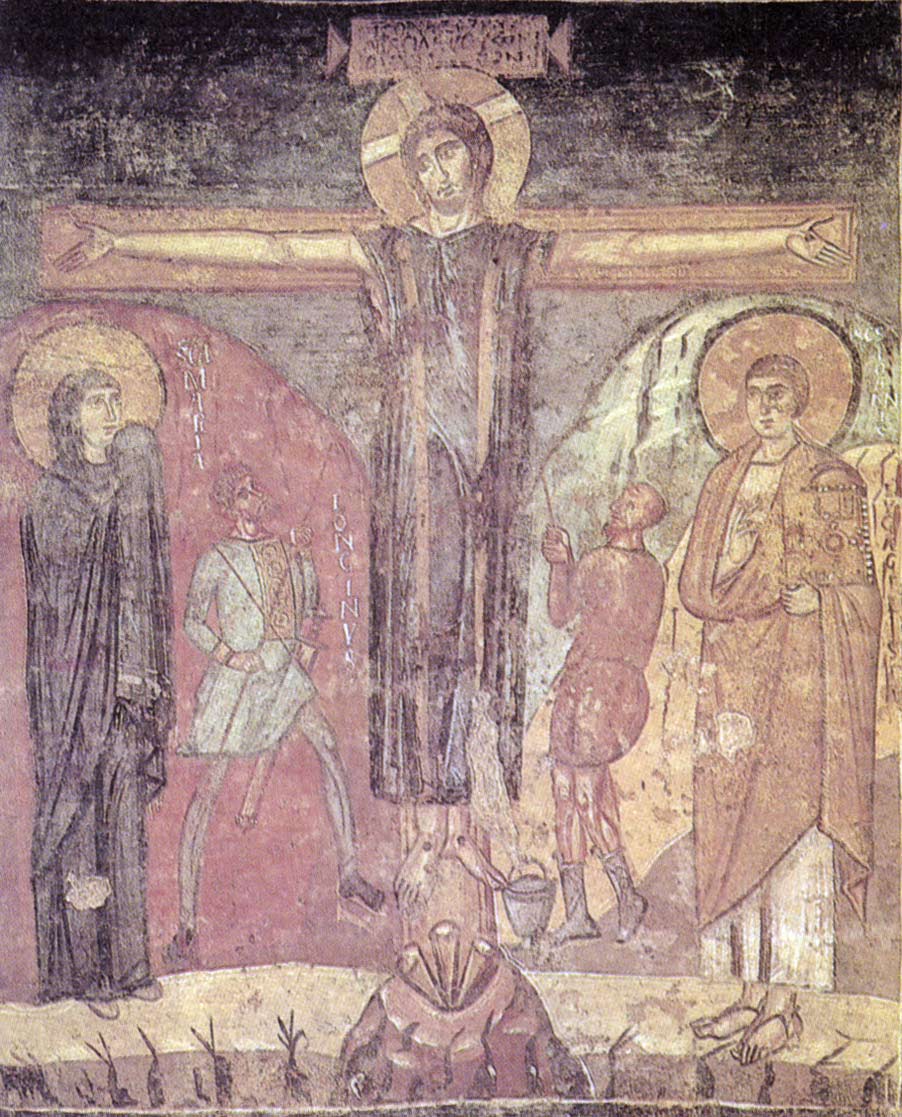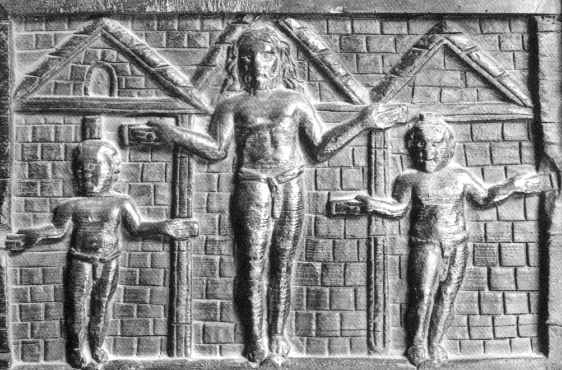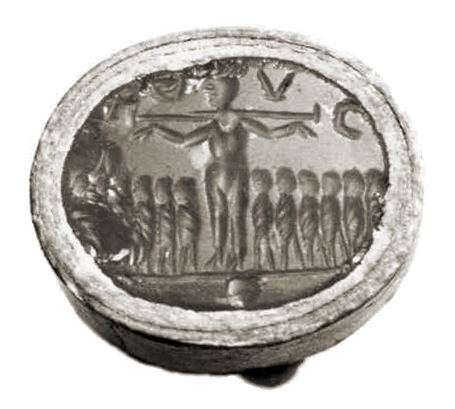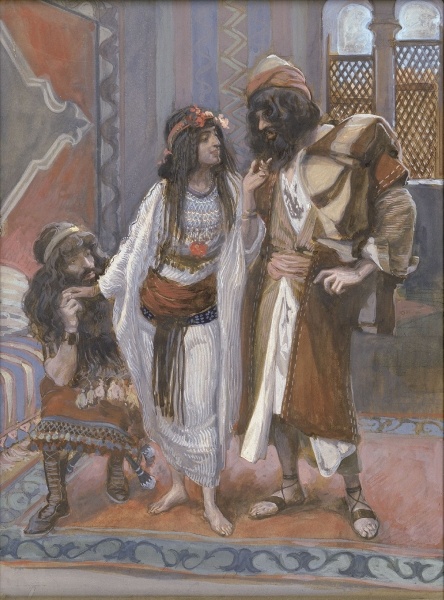This book is, brought to the temporal sphere, Revelation 20:4. “I saw the souls of them that were beheaded for the witness of Jesus, and for the word of God, and which had not worshipped the beast, neither his image, neither had received his mark upon their foreheads, or in their hands; and they lived and reigned with Christ a thousand years.”
Martin Mosebach’s The 21 is an exploration and explanation of the twenty-one Coptic Christian migrant workers killed by Muslims in 2015 for refusing to apostatize from their Christian belief, a martyrdom made famous by the slickly produced video through which the killers broadcast their bloody work.
The 21 also embodies how, and under what circumstances, Muslims could be allies with Christians in the American wars to come, against a ruling class whose totalitarian doctrines they both oppose, concluding that while many obstacles exist, that was theoretically possible, and certainly desirable.
But this book shows that in what Muslims call Dar al-Islam, the House of Islam, those places where Islam has once been supreme, there can be no such cooperation, since there by definition there Islam must rule, and no observant Muslim would disagree, although what that exactly means is interpreted in different ways.
The martyrdom of the Twenty-One was a planned operation. The killers researched the names of the workers, who lived together as they gathered money before returning home. They took them, and held them for two months, before marching them out to a nearby Mediterranean beach and sawing their heads off with knives.
They then released the video, titled “A Message Signed with Blood to the Nation of the Cross.” By that nation, they do not mean America, as Americans probably assume (and Mosebach also seems to assume, at least in part), but explicitly “Rome.” That doesn’t mean Pope Francis, either, who is no threat at all to Islam.
Rather, it means, in this brand of Islam, Christians collectively, especially as represented by their national powers, since Islam’s main objection is not to Christian belief as such, incorrect as it supposedly is, but to Islam not ruling in the temporal sphere, a pattern of thought that non-Muslims find hard to understand.
Those who murdered the Twenty-One hold a mainstream, though not majority, view of what must be done to achieve and maintain the supremacy of Islam. In their minds, they are responding to the crimes of Christians.
Their video begins with footage of Barack Obama apologizing for those supposed crimes, and to them the killings are the blood price, for a simple apology is inadequate. (We can ignore that Obama should, objectively, never have apologized, for there is nothing that any part of Christendom or the West, America or other, has ever done as a collective entity that requires any form of apology to any Muslim, including, especially, the Crusades).
We should not focus on the killers, though; they do not appear except as bit players in this book. Rather, what The 21 explores extensively is primarily Egypt’s Coptic Christians, strangers to the West, and secondarily their relationship with Egyptian Muslims, who invaded and still occupy their lands.
The author, a German journalist (this book was originally written in German), set out to learn more about the martyrs, traveling to Egypt to talk to the great and the small among the Copts. He learned about their families, their religious and political milieu, and, most importantly, why they acted as they did.
Mosebach divides the book into twenty-one chapters, each headed by a picture of one of the martyrs, some taken from the video of their deaths, some from hagiographic iconography made after their deaths. The book packs a tremendous amount of information into relatively few pages—since Americans know almost nothing about Egypt, and even less about the Copts, and both are alien to American sensibilities, the reader learns a lot.
True, Mosebach shows cognitive dissonance. He shows empathy, sympathy, and admiration for the martyrs, and offers an informative view of the Coptic Church, but every single time he pulls back to examine the broader world, of Egypt, of Islam, or the entire globe, what he has to say is Merkel-ite nonsense. Fortunately, most of the book is narrowly focused on the Twenty-One, not the globe, so this is a relatively small defect.
The martyrs were mostly young men in their twenties or thirties who had gone to Libya to find work. Sixteen were from the small town of El-Aour, in Upper Egypt; the others came from other Egyptian towns, except for Matthew Ayariga, from Ghana. He was not Coptic; it is not even clear if he was originally Christian, but as with other saints throughout Christian history, he voluntarily joined, receiving, if no other baptism, the baptism of blood.
Ayariga is visually central to all depictions of the martyrs; with his black skin, he stood out, and both the killers and the iconographers put him in the center of all group depictions. Mosebach did not talk to his family, and little is known about his background, but as Mosebach notes, he was like Saint Adauctus, whose name means “added man” since his real name was unknown, who volunteered his Christianity when he saw Saint Felix being led to death during the persecutions of the Emperor Diocletian, and was then also executed.
I’m familiar with the basics of Coptic theology and history, but how those things translate to the modern world I didn’t know. The Copts split from mainstream Christianity when their position, called Miaphytism, that Christ had only one nature, combining human and divine, rather than a separate human and a divine nature (unconfused and indivisible) was rejected at the Council of Chalcedon in A.D. 451.
This division created the Oriental Orthodox, of whom there are about 100 million in the world, and whose liturgy and organization is very similar to the Eastern Orthodox, with whom they are not in communion, although to an outsider, they are nearly indistinguishable.
Mosebach does an exemplary job of trying to understand and get inside the Coptic mind, despite that he appears not be religious himself. Most of all, he correctly identifies the centrality of the Divine Liturgy. “From the very first moment, it is clear that the exclusive intention of the holy devotion is the realization of God’s presence, and everything that happens in this liturgy has to serve this extraordinary purpose. . . . Time and eternity are bound together as one, in a sphere where past, present, and future have always already happened, and at the same time are now happening again.”
The Orthodox believe that once a church is consecrated, an angel stands by the altar, forever in and out of time worshiping the Triune God, so that when we enter the church, we are not commencing a worship service, we are joining one already in progress. You cannot understand the Copts, or the Orthodox, without grasping the numinous nature of the Liturgy, where seraphim serve at the altar alongside the priest, uniting Heaven and Earth in an unbroken chain of timeless moments.
What unites all the Copts is steadfastness in faith. Since nobody paid much attention to the Twenty-One when they were alive, they are somewhat one-dimensional. Their families offer similar generalized characteristics: “He was quick to forgive.” “He was calm, obedient, and quick to confess.” “He gave alms even though he was poor.” “He was compassionate and strove to help others.”
But their deeds, both their refusal to apostatize and their calm demeanor when being led to execution, with only low cries to Christ as they died, exemplify that steadfastness, and their witness to Christ at the most basic and essential level. It is this steadfastness that seems to unite all the Copts, an eternal cord binding them together.
You could transport today’s Copts to the age of Nero, and nothing would be much different, neither daily life nor their resolve in the face of persecution.
Mosebach visits the local Coptic bishop, who embodies this steadfastness in faith and combines it with an untroubled feeling of superiority to Islam, a latecomer as far as he is concerned. Mosebach describes the bishop as “the absolute archetype of a pragmatic, forward-looking reactionary—a kind of leader utterly unknown in the West.” It does not bother them, quite the opposite, that theirs is the Church of the Martyrs.
This same attitude permeates all the Copts, including the families of the martyred. While they have the normal human sadness, it is greatly exceeded by their unalterable conviction that their beloved sons and brothers have received the crown of martyrdom, and they offer iconography in that vein. In most of their families’ houses, they also have and show the video of their killing, proud, rather than traumatized.
And they ascribe miracles to the Twenty-One, small ones, local ones, but all in the ancient tradition of martyrology. They embody, as one of the fathers says, King David’s behavior in II Samuel, who when his son died, did not mourn anymore, for “I shall go to him, but he will not return to me.” As Sarah Ruden notes in her excellent book on Biblical translation, The Face of Water, this verse in the original Hebrew conveys the meaning that the child will never return—but the father will keep moving toward the child. So with the families of the Twenty-One.
Beyond their cohesive religiosity, it is apparent that the Copts are, in the manner of many minorities in Muslim lands, both second-class citizens and more materially successful than the majority population. Mosebach says that Egyptian Muslims see all Copts as rich (while still having contempt for them), and although that’s obviously not true, since many are merely poor farmers like the Twenty-One, it is more true than not.
No doubt this is because the Copts are not bound by the inertia and fatalism, along with male laziness, that characterize Muslim societies. Plus corruption—according to Mosebach, even though (like all Muslim countries) Egypt makes it very hard to build new churches, still, new Coptic churches are springing up everywhere, because the Copts bribe the authorities to look the other way.
The Copts also run large related institutions, such as hospitals (including “the largest and most modern in Upper Egypt”). That is, the Copts are bound up with the world. Other than monastics (something that has revived in modern times), they do not retreat from, but rather engage, the world.
Can this ancient Coptic way of life can survive modernity? It is not a promising sign that within living memory Coptic villages have changed from their ancient form of order and cleanliness to ugly, trash-filled sprawls of half-finished concrete block buildings.
The old roles, where everyone had a place in an extended family, have faded. Atomization has increased, even if it is not anywhere near as bad as in the West. According to Mosebach, these changes are not the result of increased wealth, but flow from some other source, which he does not identify, although he implies the Aswan Dam had something to do with it.
My guess is television and increased ability to move from the place of one’s birth, but I don’t know. Most importantly, Mosebach does not address whether the Copts are having children, which is all that really matters. Yes, there seem to be many young Copts, and Mosebach relates how they are enthusiastically religious, like the Twenty-One, but if Egypt ever becomes wealthy, will the Copts fall away, leaving their faith and contracting like other societies around the globe? These seem to me to be the essential questions, and not ones the Copts are asking themselves.
Whatever happens, though, the Copts will still be oppressed by the Muslims. They have been oppressed for fourteen hundred years, ever since Islam conquered Egypt. Like many Middle Eastern Christians, when Islam arrived they unwisely did not perceive Islam as much of a threat, or even welcomed it, tired of taxation from the Roman Empire, then sited in Constantinople, and of being viewed as heretics by most of Christendom (not to mention that Islam itself was initially viewed by many as merely another Christian heresy, not all that different from other brands of Christian belief).
As always with Islam, which has no interest in proselytizing, only in the dominance of Islam, the treatment of the Copts varied over time, with the one constant that their subordination was always enforced. Mosebach mentions how all the mighty churches of the Copts were torn down and “the columns and Corinthian capitals of those venerable ruins have been visibly incorporated into Cairo’s most beautiful mosques.” He seems to think that should make the Copts feel better.
For the most part, though, the Muslims and Copts historically managed to co-exist. It is only in the modern world, with a newly militant resurgent Islam and the technology of global communication and new weapons, along with oil money, that the Copts, like all Middle Eastern Christians, are threatened with expulsion or extermination.
Mosebach says “violence isn’t an option, probably not even for fanatical Islamists, because there are too many Copts to simply drive them all out or murder them. In other words, the Turkish solution for Armenians and Greeks is no longer on the table.”
But he gives no reason why that’s true, and for large numbers of Muslims, though probably far from a majority in Egypt, that solution is very much on the table. And since it only would take one such successful campaign to wipe out the Coptic presence in Egypt (ask the Chaldean Christians—thanks, George W. Bush!), the Copts will always be at risk, whatever wishful thinking Mosebach wants to engage in.
How the Copts are to solve this problem is unclear to me. Fighting isn’t going to work—even if the Copts really are a quarter of the Egyptian population, as they claim, they don’t have the weapons, and aren’t going to. Mass conversion of Muslims to Christianity, transforming the Middle East, sure would be nice, but such a thing has never happened in human history—Islam is a strong religion highly resistant to the lure of conversion.
True, as Mosebach quotes Tertullian, “the blood of the martyrs is the seed of the church,” but there have been a vast number of Christian martyrs in Muslim lands over the past fourteen hundred years, and mass conversions haven’t started yet, though the martyrs doubtless do strengthen the Church.
Israel conquering the Middle East and converting all the Muslims to Judaism would be a good alternative, although that’s even less likely. Probably the best approach, if not solution, is to ensure that the Middle East isn’t infected with democracy, something that in Muslim countries leads at best to the unleashing of Muslim hatred against Christians in a stable system, and often to genocide against Christians when the political system collapses, as it always does in these societies for which democracy is not a good fit.
Instead, the Copts (and us) should support, or at least not oppose, strongmen such as the Assads, or the current Egyptian military dictatorship, because those men both maintain order, which benefits minorities, and tend to rely on Christians as a counterweight to Muslims who want a theocracy.
Thus, Abdel Fattah al-Sisi keeps the Muslim Brotherhood down, which is a service to the world in general and to Christians specifically, if you ever read Seyyid Qutb. Mohammed Morsi would, sooner or later, have turned to exterminating the Copts. And America would have ignored it, since the Left is fine with Christians being exterminated, and the Right, or at least Republicans, are too cowardly and weak to take any action that is seen as benefitting Christians specifically.
Mosebach’s proposed solutions to the “Coptic question,” that is, the oppression of the Egyptian Copts by the Egyptian Muslims, are equally stupid. He sounds like a clueless Eurocrat, peddling old and tired cant. “We shouldn’t resign ourselves to a permanent state of injustice and violence. . . .
After all, there are think tanks working hard to solve the world’s problems. These thinkers, of course, would know exactly what questions to ask: Isn’t there any way that the Coptic community and Islamic majority might eventually live in peace and harmony?
What kind of international peace conference, United Nations intervention, peace mission, transnational roundtable, or moderated conflict resolution might take care of the ‘Coptic question’?” Blurg. Mosebach’s “solutions” are so obviously dumb and ineffective as to be offensive. No such mechanism has ever solved a single problem in the Middle East, and none ever will.
Mosebach’s Pollyanna attitude toward Coptic survival is just one example of his general geopolitical blindness. Most of this stems from the same source—the author’s desperate desire to assign some share of blame to the United States, and to the West more generally, and to exonerate Islam from blame. Thus, Mosebach early on preaches “One must be careful not to view this massacre as one more chapter of an ongoing religious war—that would be false use of religion.”
Instead, Mosebach entertains the idea that the killers were “mercenaries who can be bought to commit all kinds of bloodshed, perhaps to benefit the Americans or the Russians, or maybe the Syrians or the Muslim Brotherhood.” Or maybe they were just “pawns on a board whose actual players and goals are unknown to them.”
This is a dumb fantasy; the killers were ISIS militants, part of a much larger group with coherent ideals and many other similar acts to their name, and both their actions and justifications are part of a long and coherent tradition within Islam. One more chapter of an ongoing religious war is exactly what this is. Reaching for tinfoil-hat theories to explain that obvious fact away makes Mosebach seem like a clown.
Such blinkered stupidity is on display more than once. The American prison at Guantanamo Bay, where a few hundred captured Muslim enemies were held (although by any other country, and in any other past war, they simply would have been summarily executed), in conditions of comfort where they are allowed to practice their religion and any disrespect to their religion is punished, is “where the United States has permanently ruined its reputation as nation that respects the rule of law.” No, Saint Joseph was not a “migrant worker.” No, the Neoplatonist philosopher Hypatia was not killed in a religious dispute. And so on.
Beyond the Copts, as to the core geopolitical problem the book details, Muslim mass murder of Christians (on display yesterday in Sri Lanka; tomorrow on display somewhere else), the correct solution is the one Donald Trump implemented and brought to a successful completion recently—kill in battle all Muslims who fight for ISIS or any similar brand of Islam.
True, that that would be less necessary if we had not destabilized so much of the Middle East, since the local Muslim rulers would have done it for us, but that’s water under the bridge. But as I say above, these are stopgap measures; in the modern world, there can be no permanent peaceful coexistence on equal terms between Islam and Christianity on at the level of the nation-state, so long as Islam’s adherents actually believe.
There never has been such coexistence, and there never will be. Any society with a large number of Muslims will face the problems inherent to and generated by Islam. This is unfortunate, but it doesn’t make it any less true. Certainly, it is equally true that on an individual level Muslims and Christians can get along fine, but to confuse personal relations with the relations of power that must characterize any human society is a basic mistake.
This English translation of The 21 was sponsored by, and the book published here by, Plough, the publishing house of the Bruderhof. The Bruderhof are practitioners of radical Christianity, “they renounce private property and share everything in common in a life of nonviolence, justice, and service to neighbors near and far.” In other words, they live the life of the very earliest Christians.
I sometimes wonder what it would be like if all Christians lived that life. Would they simply be exterminated by their enemies, as would seem to be the logical and inevitable result, especially in the modern world? Or would their example change the world to be something different, and better, than it is?
I worry, sometimes, too, that I err by advocating meeting, and preparing to meet, the enemies, rather than adopting the simple Christian life. But, like the scorpion, it is in my nature, and the Christian tradition of armed defense has nearly as long a pedigree as pacifism.
If I am wrong, at least I am in good company, and this book suggests I am not wrong, even if the Twenty-One took another path.
Charles is a business owner and operator, in manufacturing, and a recovering big firm M&A lawyer. He runs the blog, The Worthy House.
The photo shows, “The Twenty-One Martyrs” by Wael Mories, a Coptic painter.
